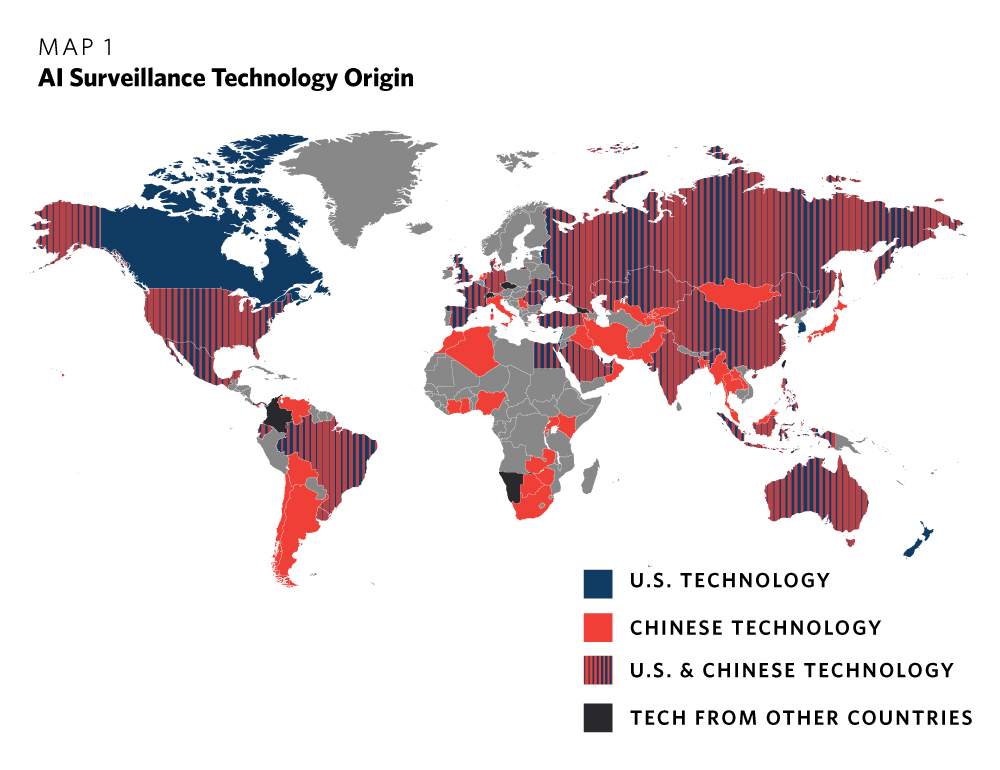
LAPD Implements Cutting-Edge Records Management System
The Los Angeles Police Department (LAPD) is set to launch a new records management system, marking a significant technological advancement for the department. The new system aims to enhance operational efficiency and data management practices, aligning with national standards.
The LAPD Operations-Central Bureau is leading the way in implementing this cutting-edge system, with plans for subsequent rollouts across the other three bureaus over a three-week phase starting from March 28 until May 9.
“This cutting-edge RMS marks a crucial advancement, elevating our operational efficiency and data management practice,” stated the department. “Its design not only streamlines internal processes but also ensures full compliance with the National Incident-Based Reporting System standards mandated by the Federal Bureau of Investigation.”
Advancements in Data Reporting
The National Incident-Based Reporting System (NIBRS) standard aims to improve the accuracy and consistency of crime statistics nationwide. This shift towards more detailed and comprehensive data reporting signifies a significant step forward in law enforcement data management.
The LAPD’s Applications Development and Support Division, in conjunction with the COMPSTAT Division, will be making substantial modifications to existing statistical reports. Some reports will no longer be generated, streamlining the data reporting process.
Officials have outlined several key benefits of the new system, including:
- Saving redundant information about suspects and witnesses
- Reducing the chance for errors in reporting
- Decreasing the time spent on completing reports
- Increasing digitization and reducing paper usage
- Allowing field interviews to be gathered via mobile devices
- Providing watch commanders with increased data access
 Image for illustrative purposes
Image for illustrative purposes
The introduction of this cutting-edge records management system underscores the LAPD’s commitment to leveraging technology to enhance law enforcement practices and improve data accuracy and accessibility.















